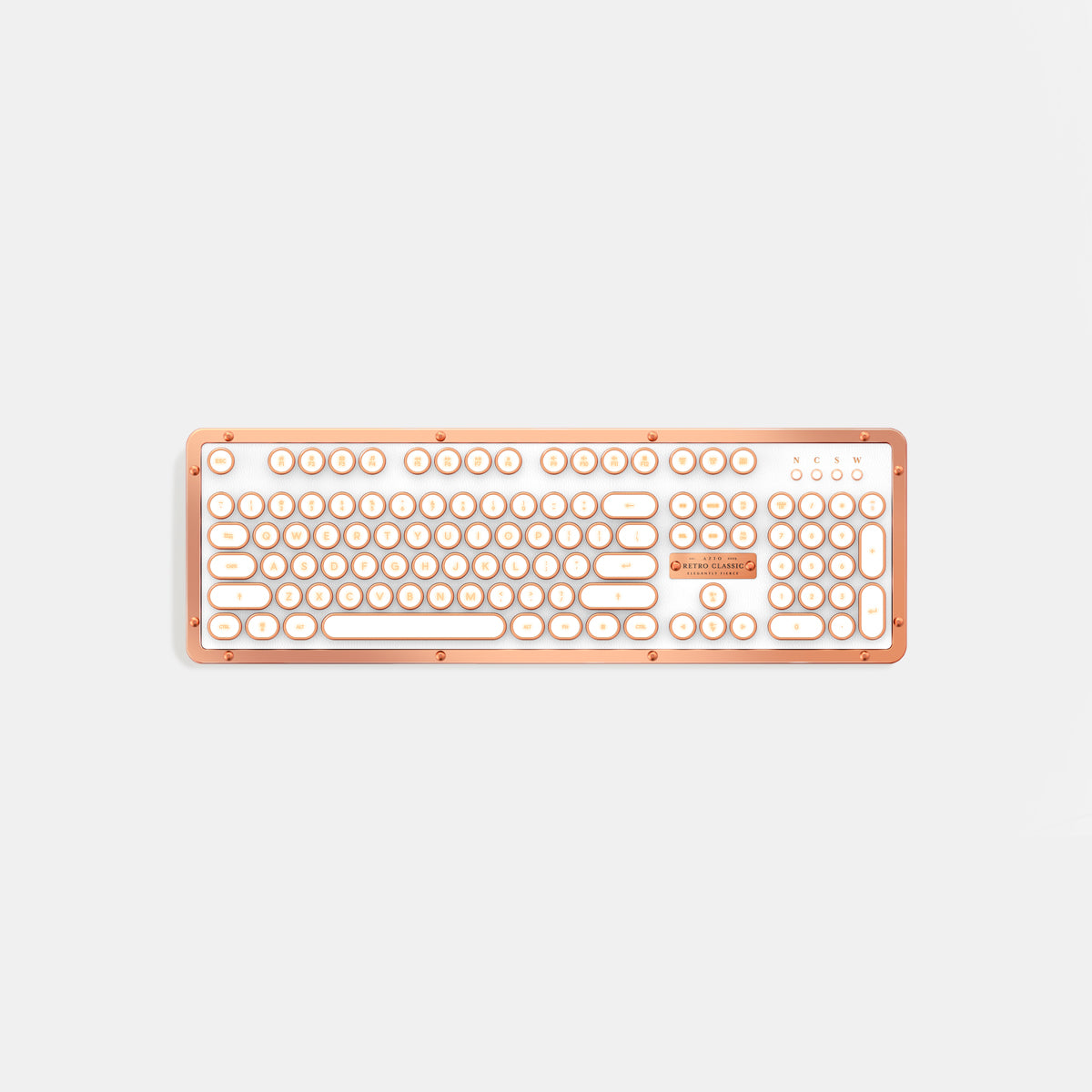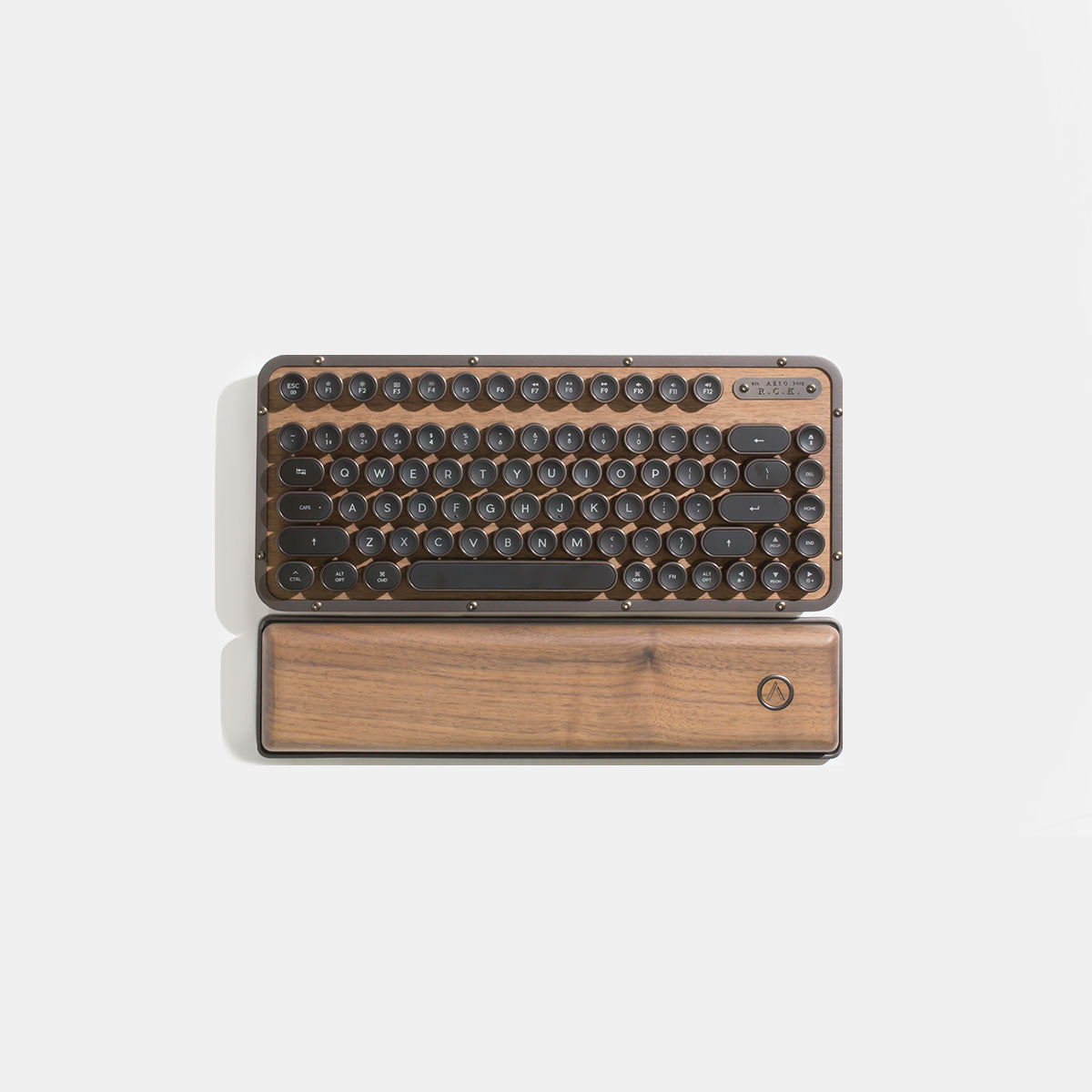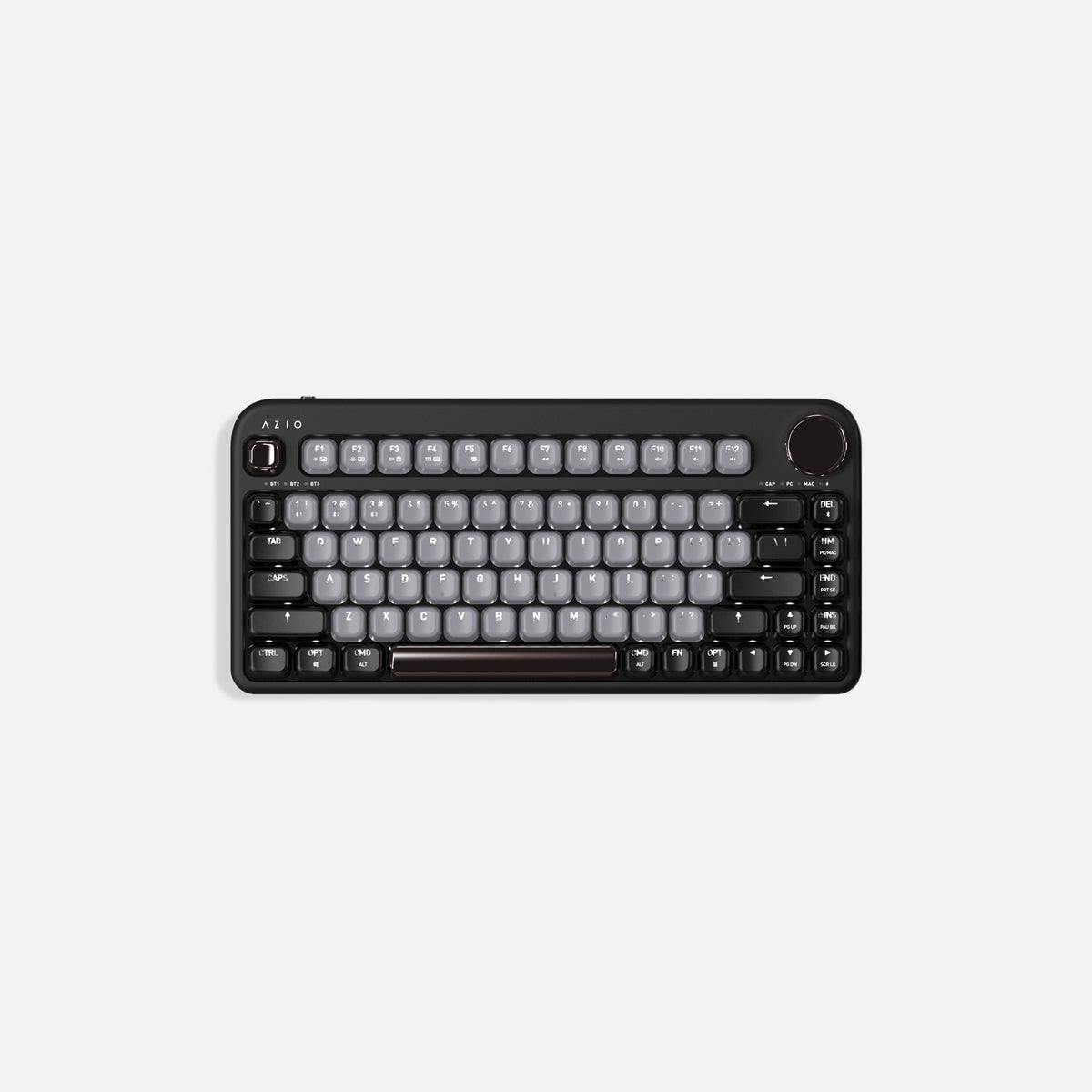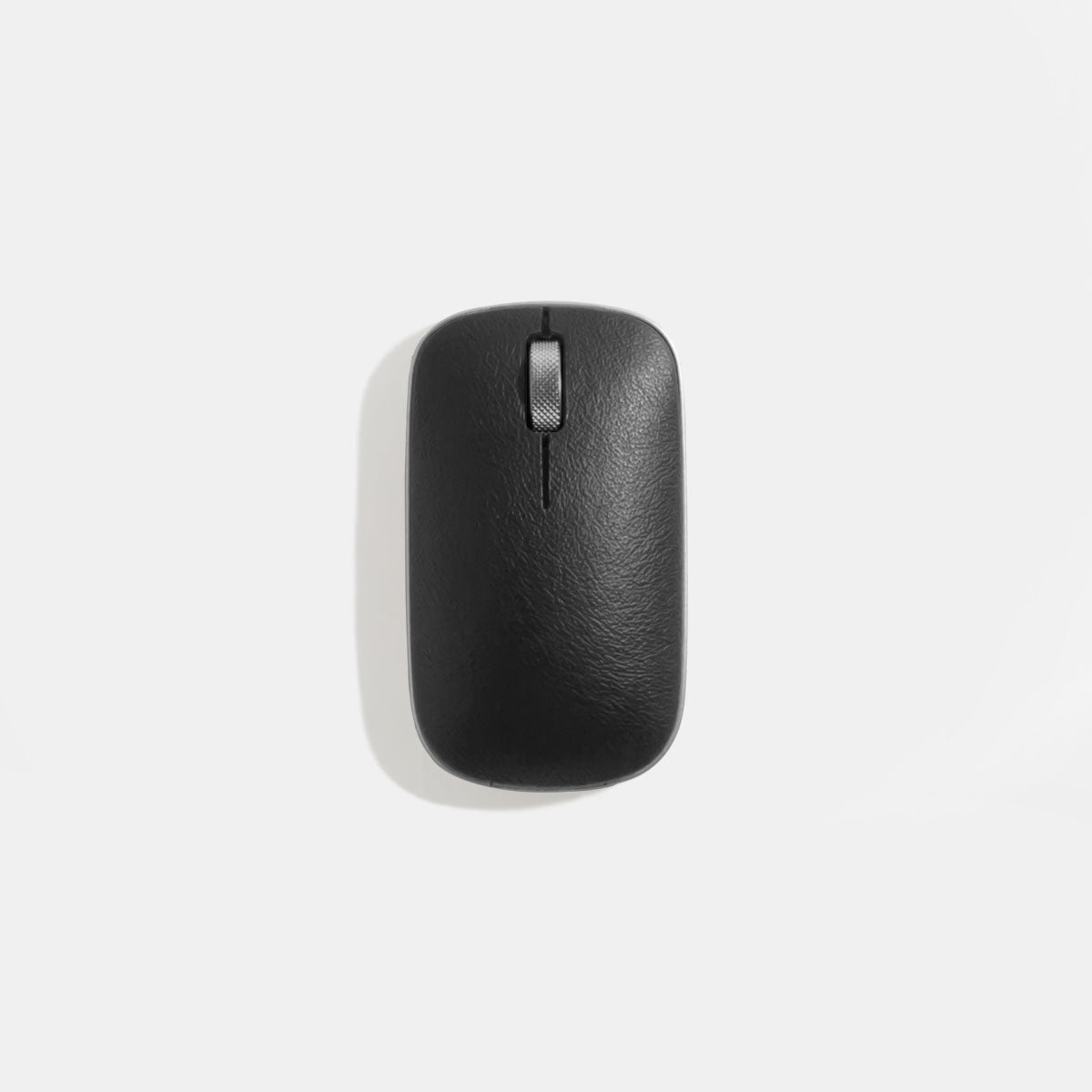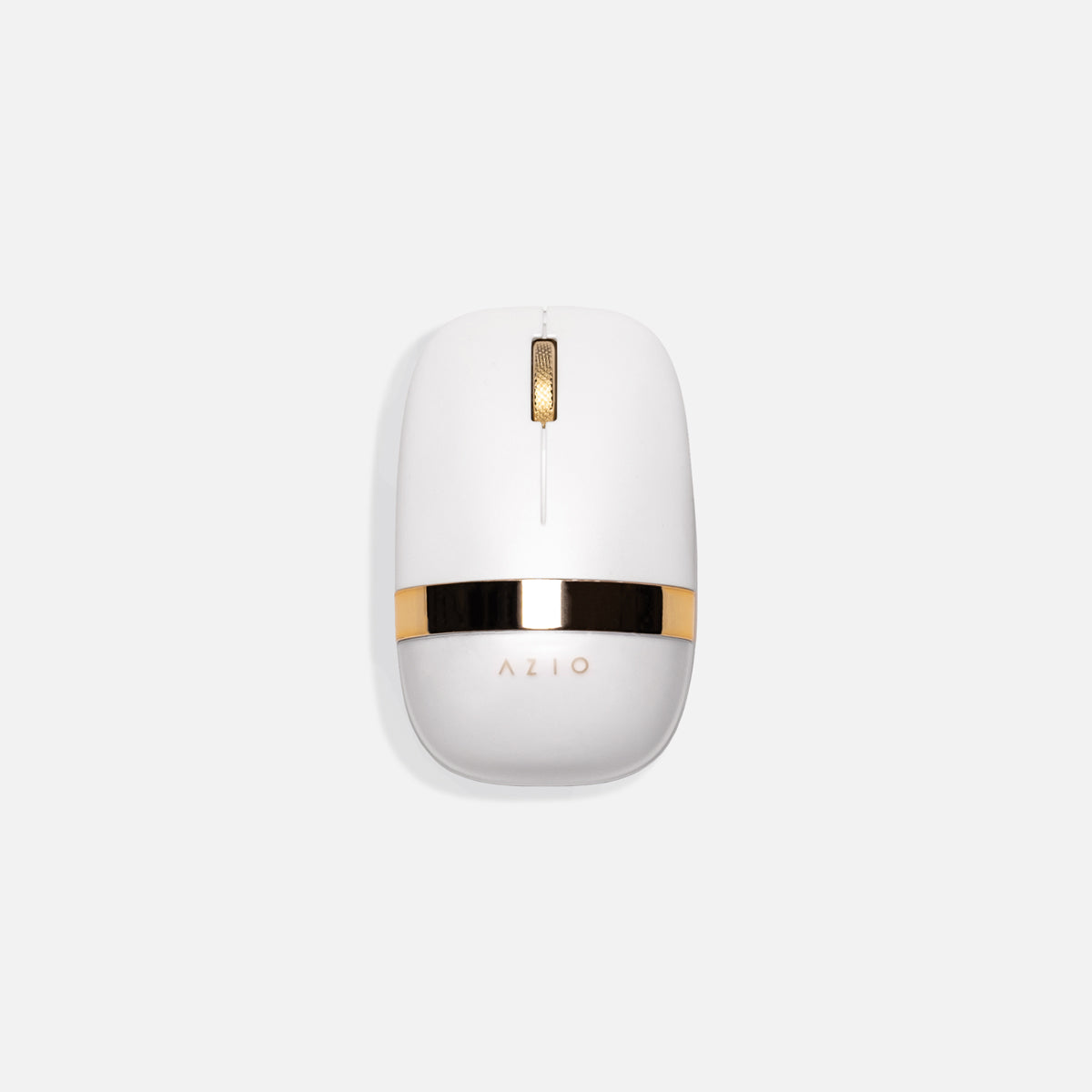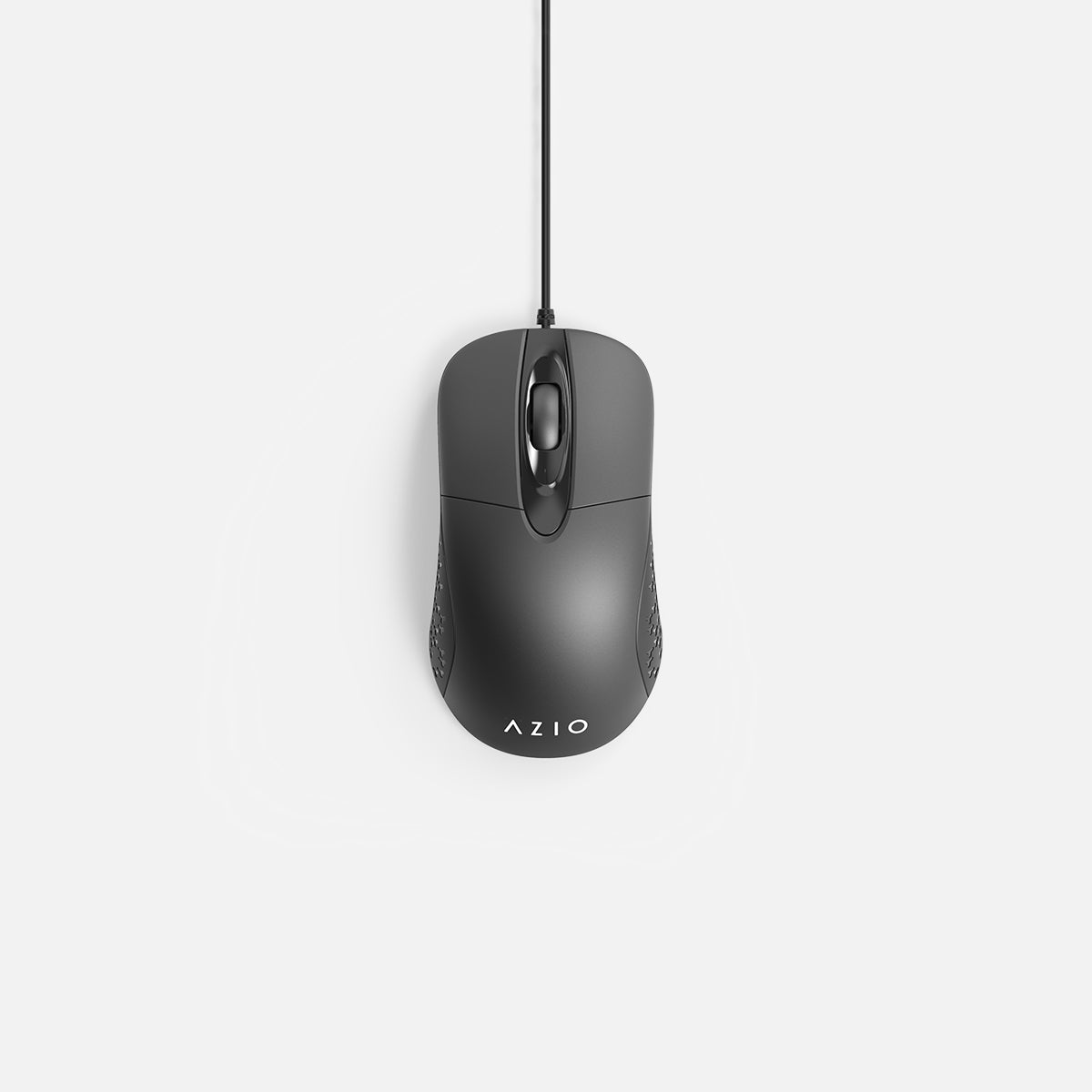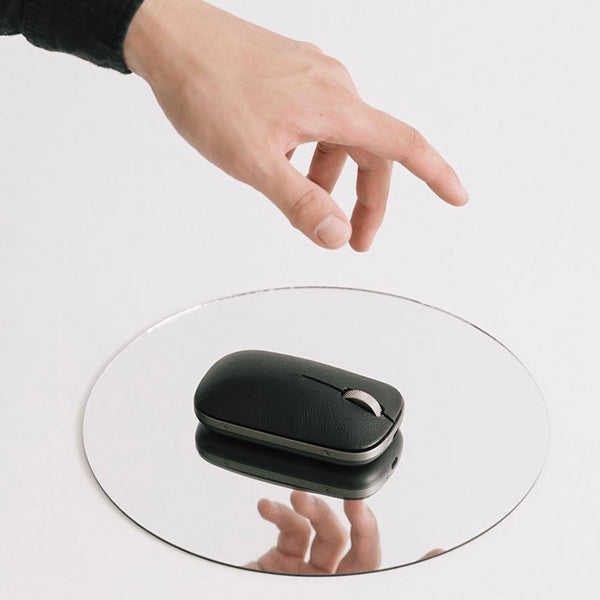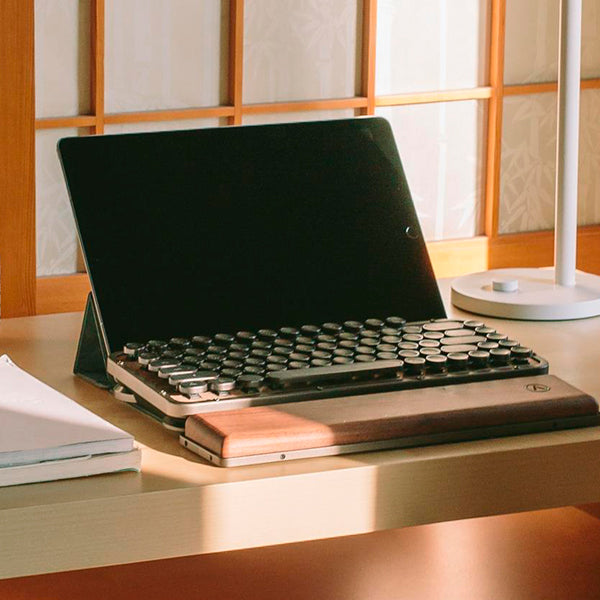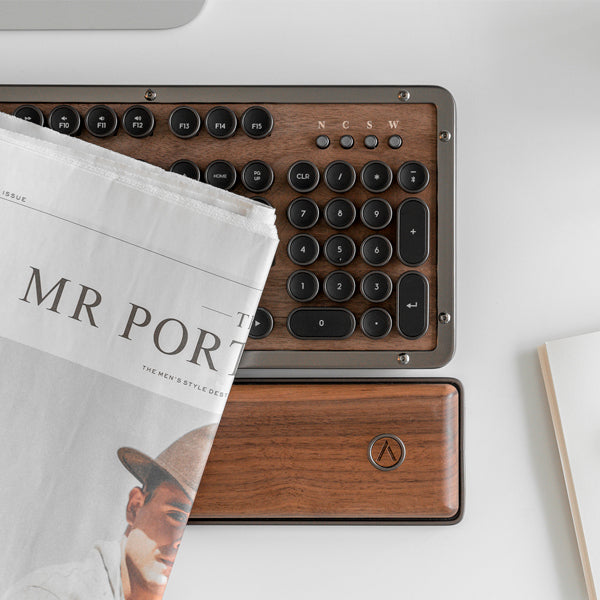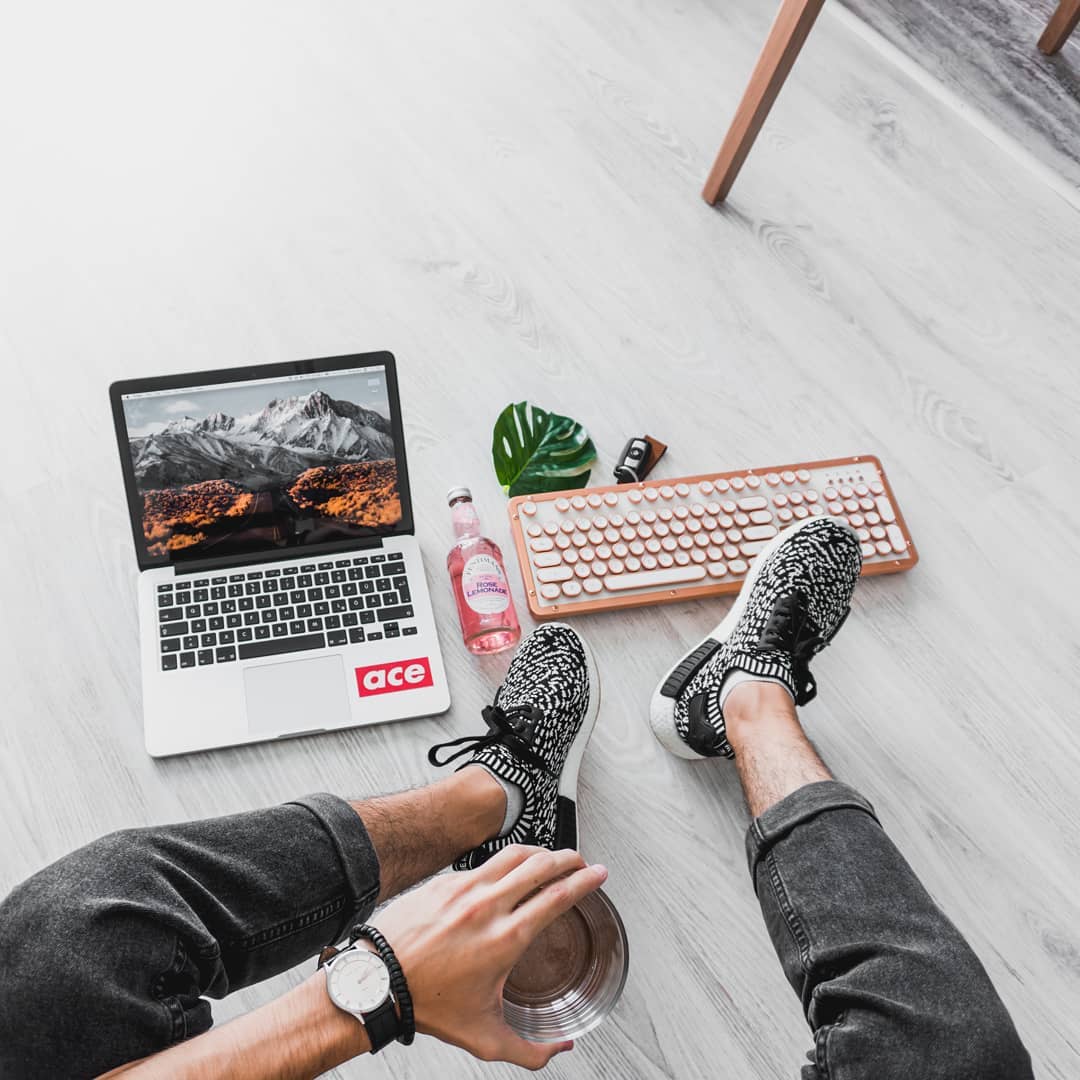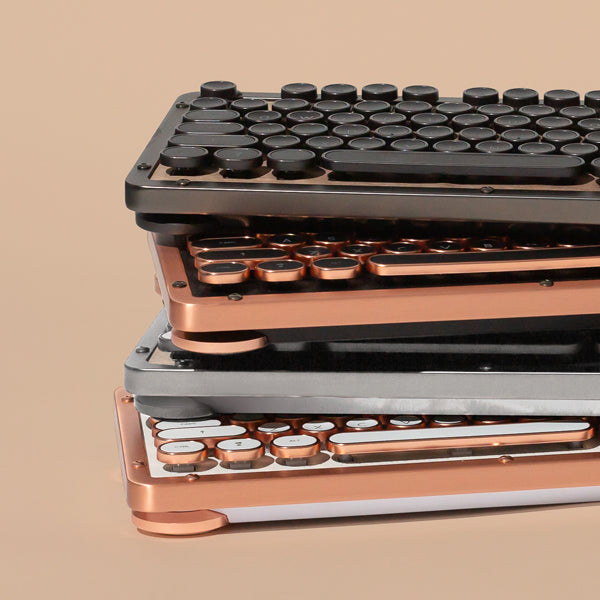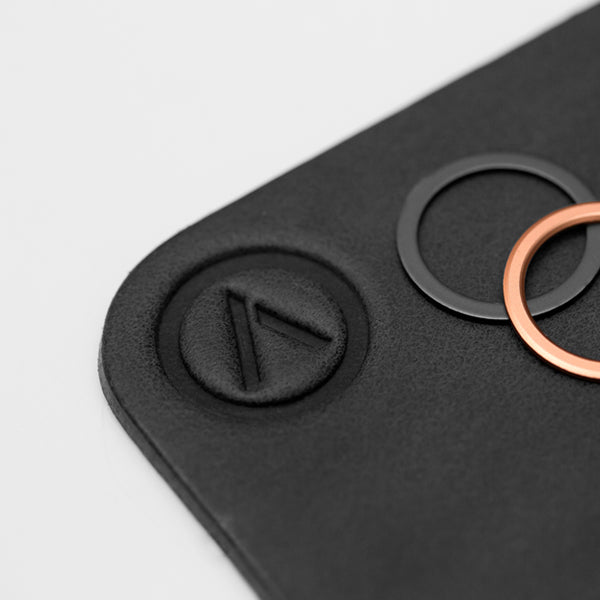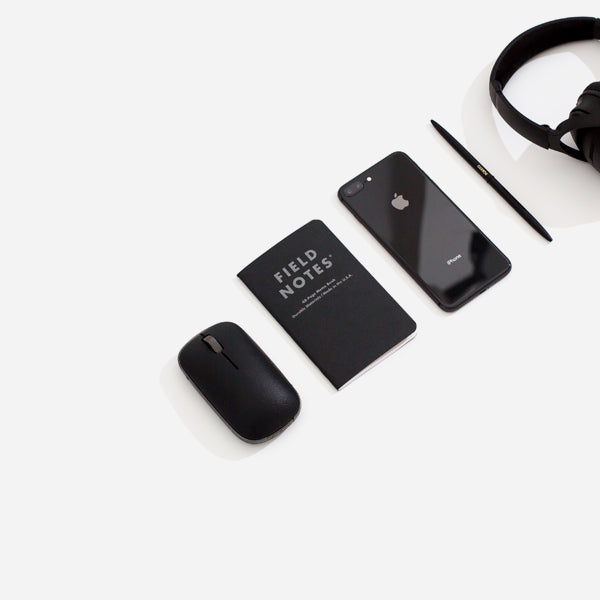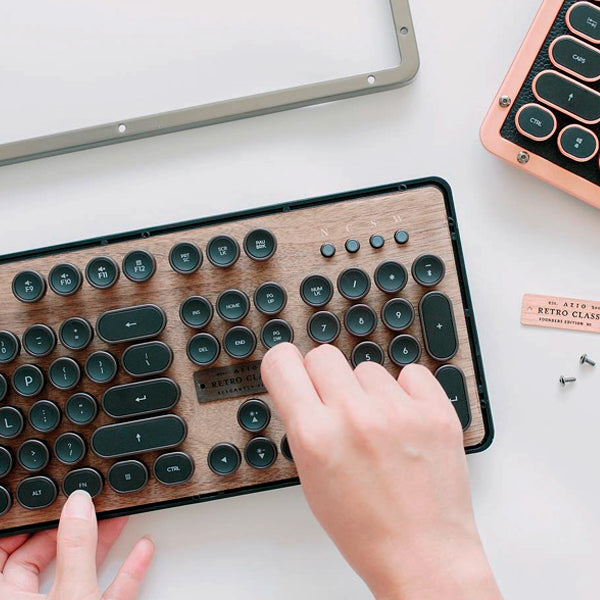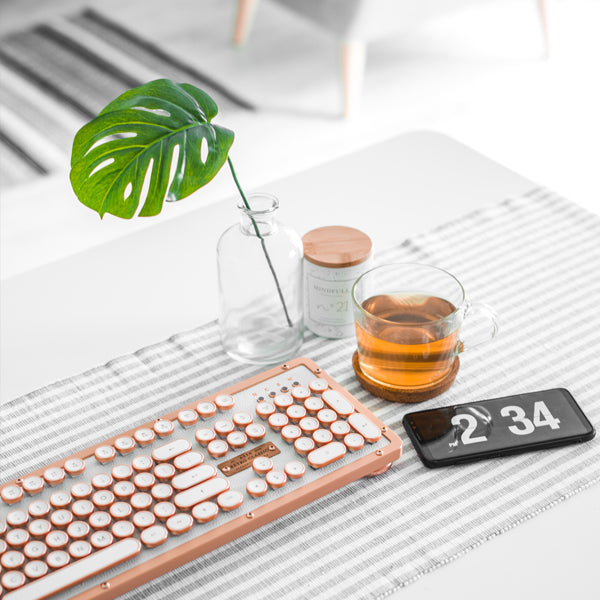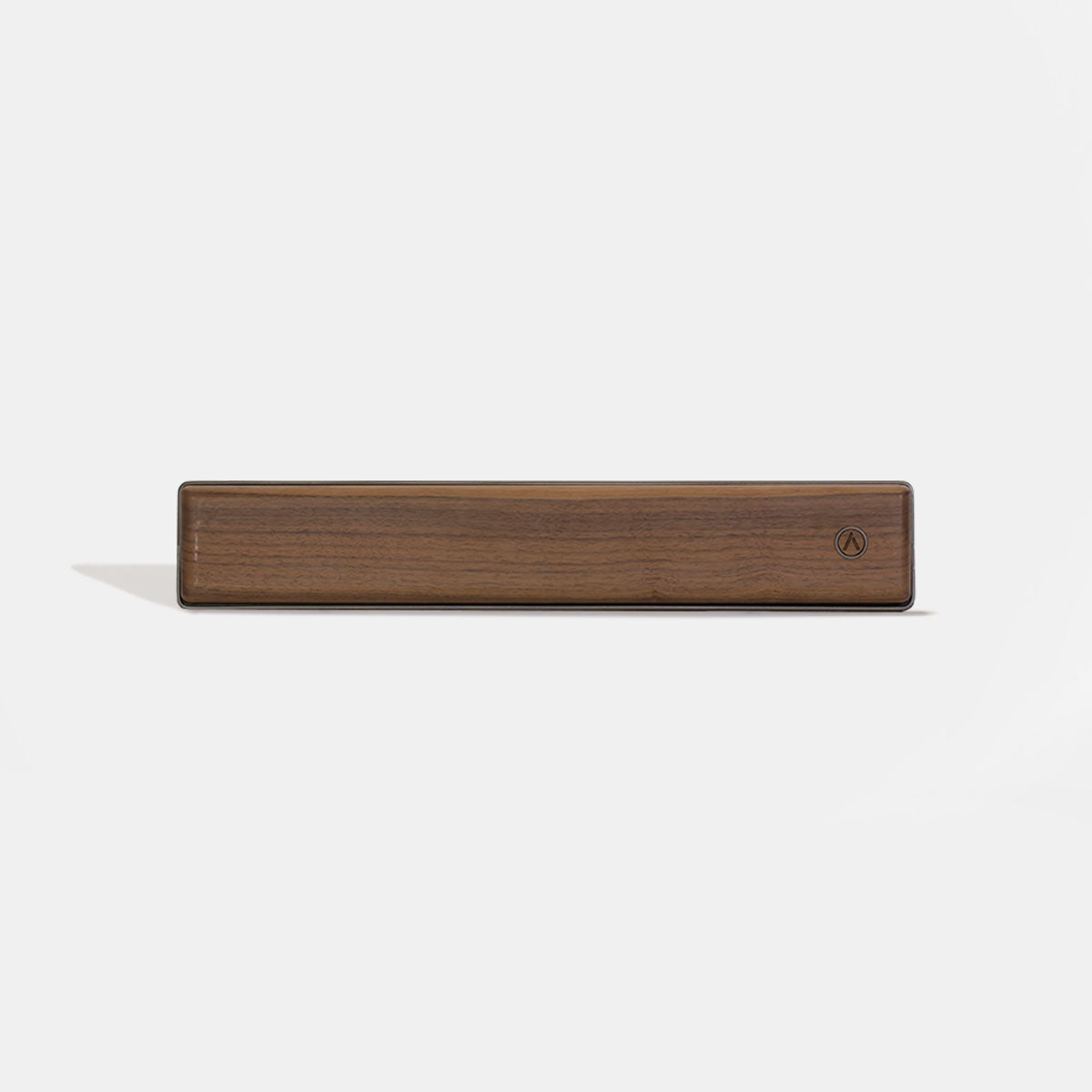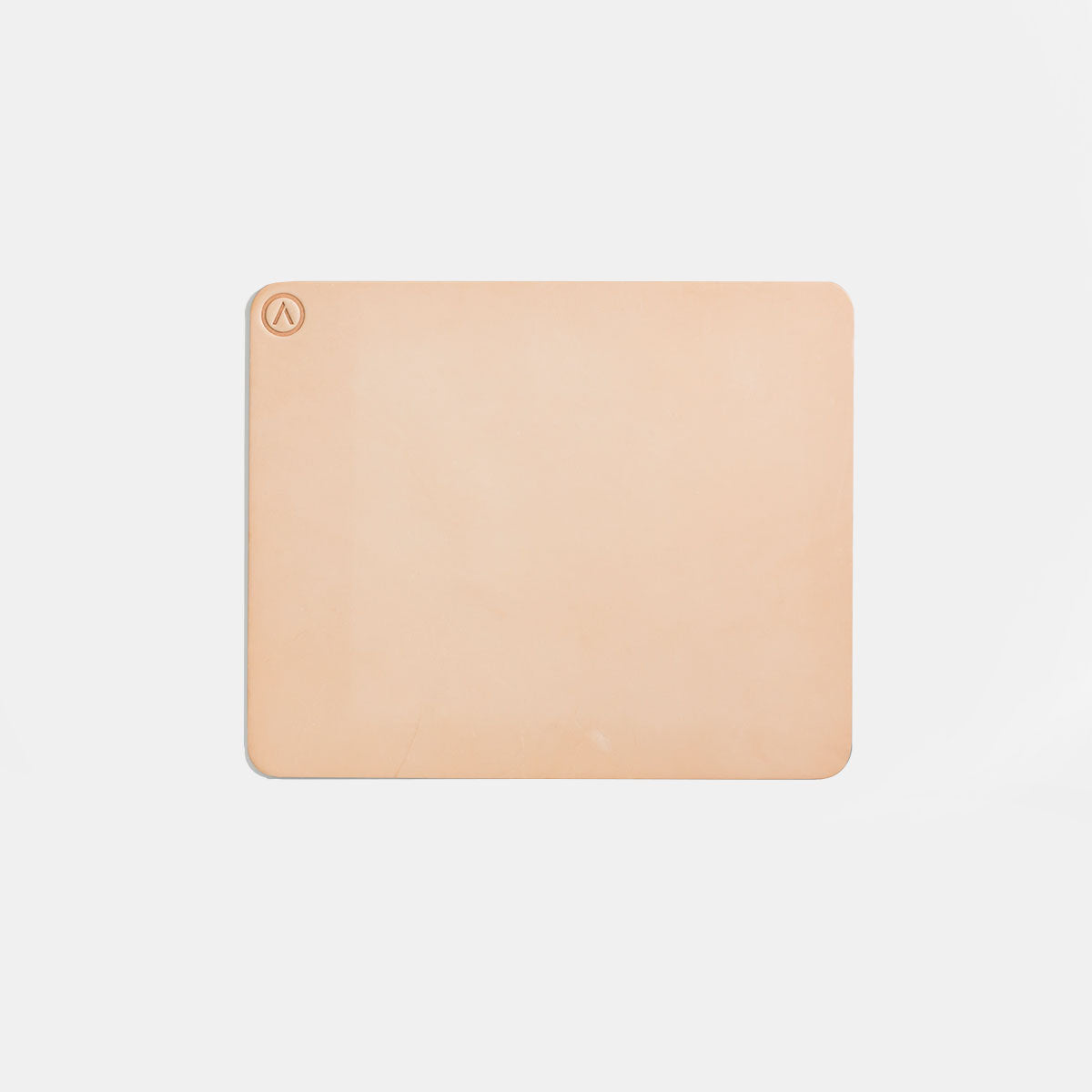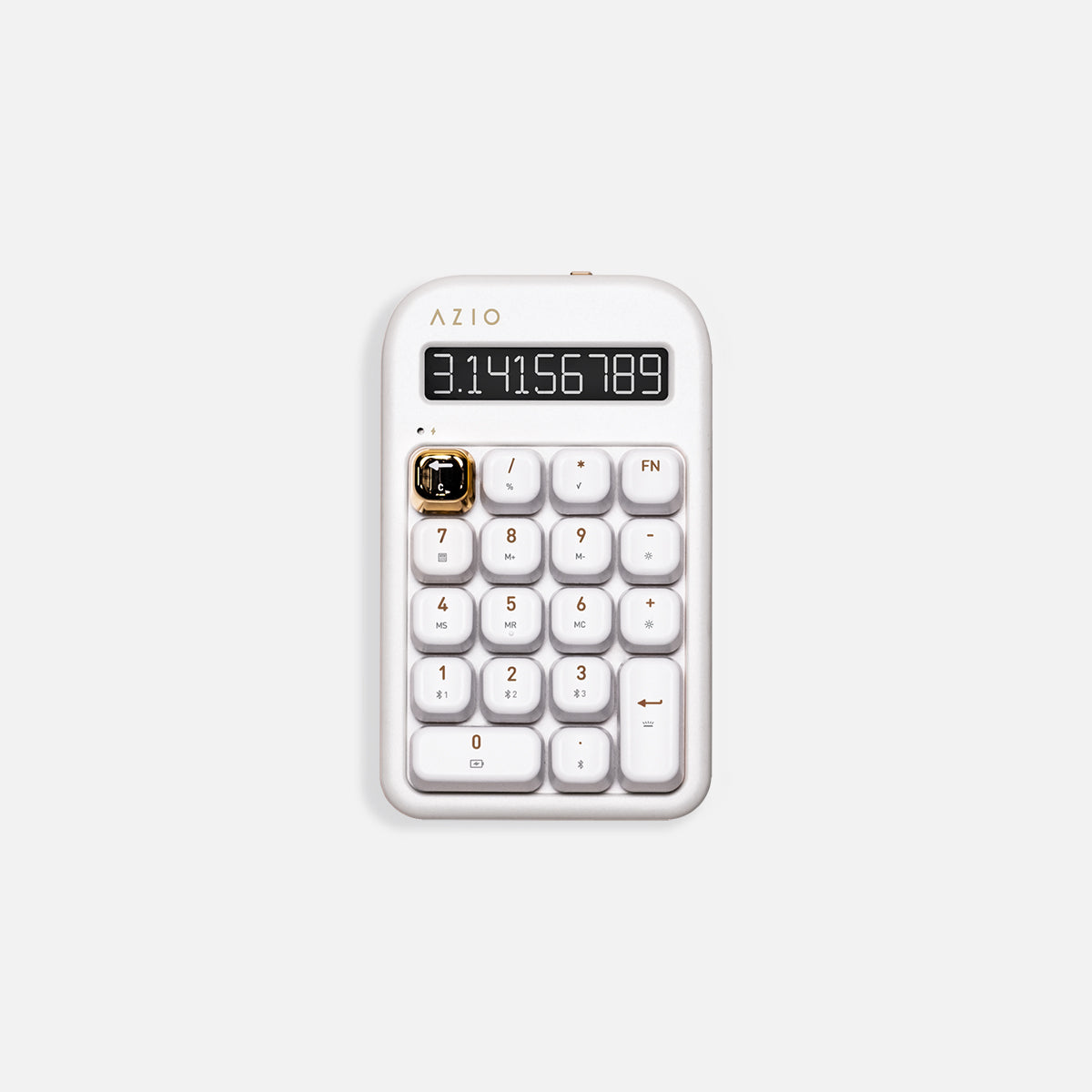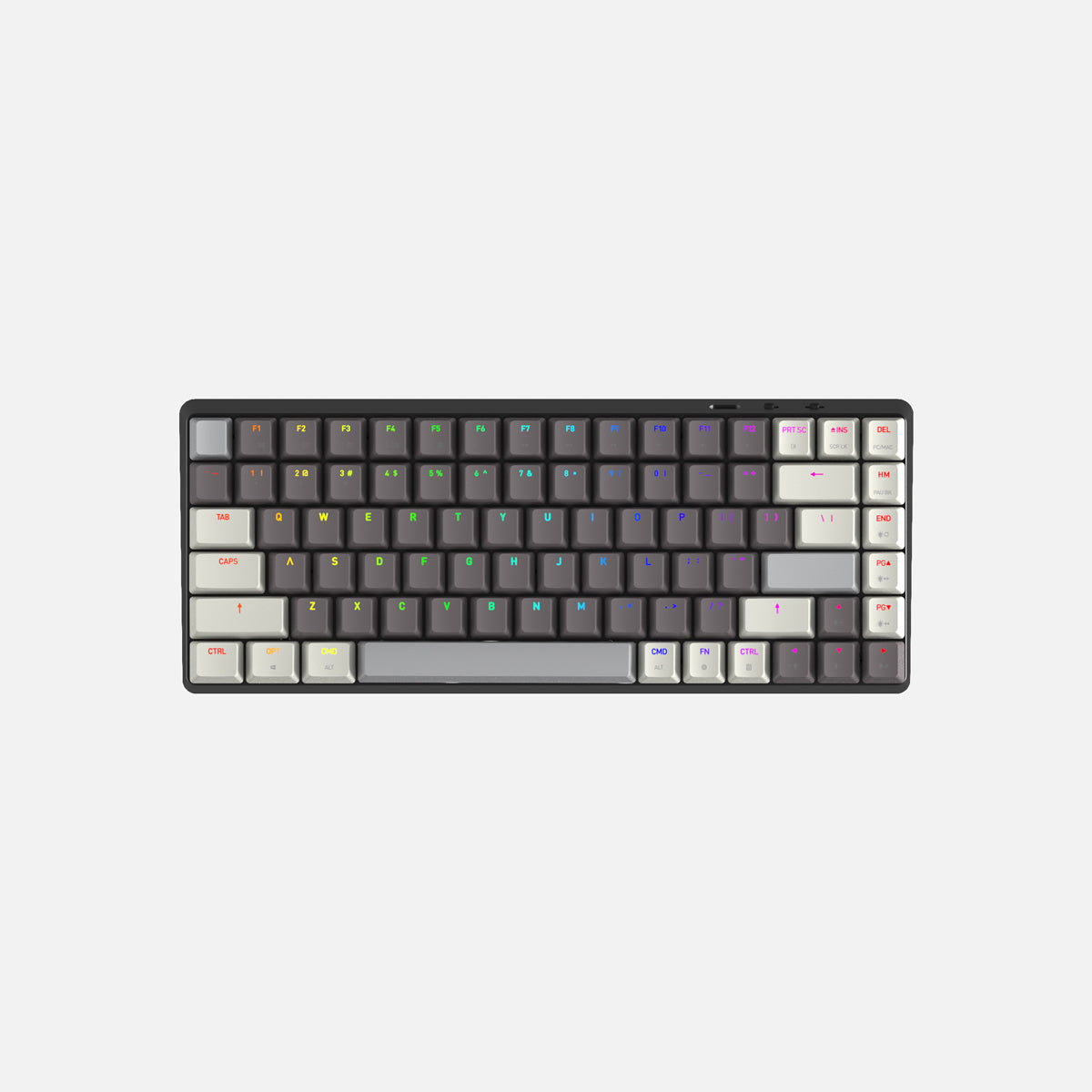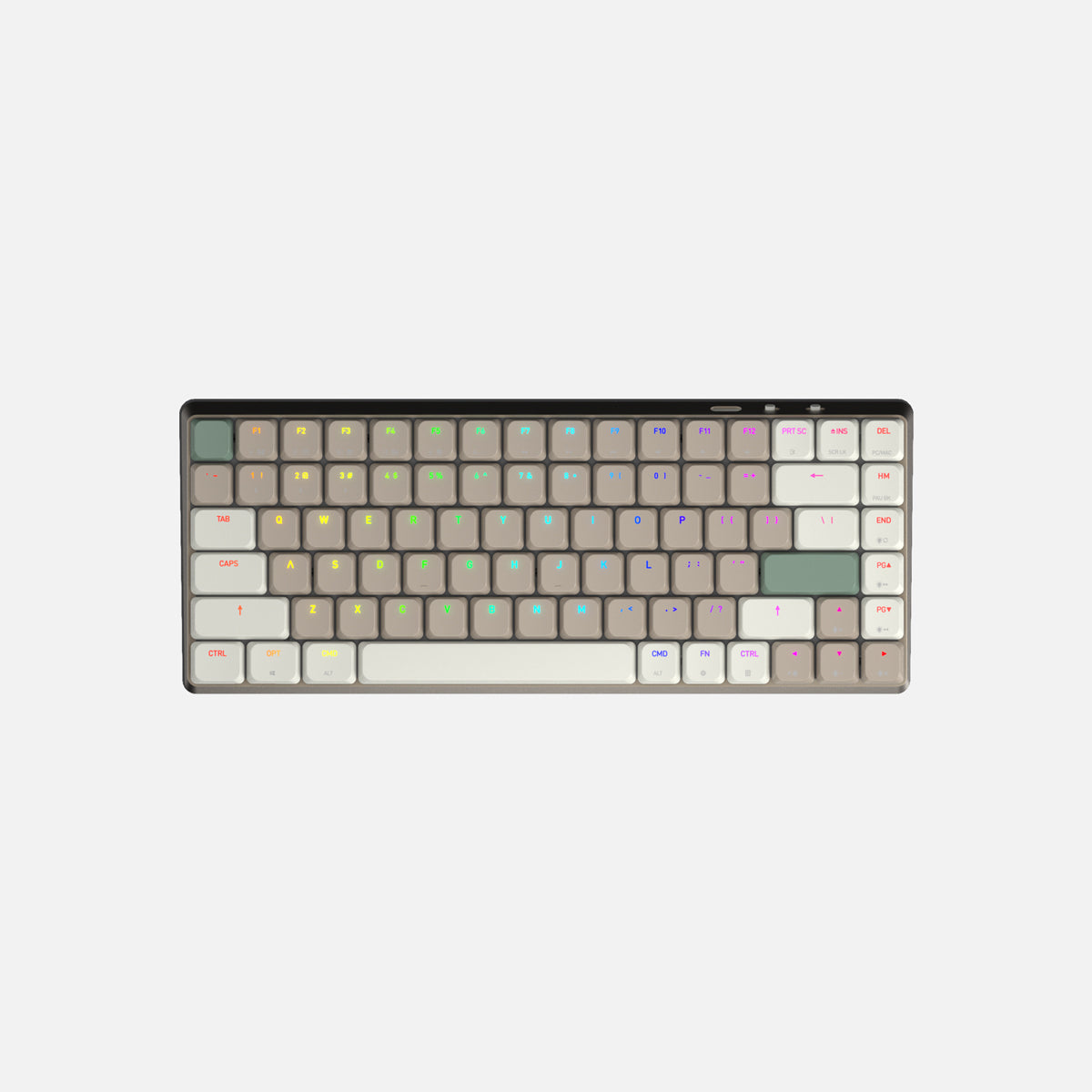Concrete: A Design Material
Besides being the second-most used and most versatile construction material, concrete offers more than most design materials. As design dynamics keep evolving, architects and designers are unceasingly looking for novel ideas to stay ahead of the trend curve and remain relevant in the industry. The designers' unlimited imagination that fuels industry-leading innovations is drifting towards using concrete to revamp interior and exterior spaces. This emerging trend, conflicting with past design trends, gives architects and designers the unlimited design freedom to customize different concrete sets.
Concrete and Design
For many years, most people have associated concrete with the rough, civic, and unadorned. However, a shift heralded by modernism trends such as sleek minimalism has set it apart as a favorite aesthetic choice among architects and designers. Besides its use in designing trending concrete products such as the Ghost Flowerpots, it has inspired many concrete-emulating products in the market. Such products include Oso's Aperiodic Pyramid Wall Tile System, which creatively mimics concrete's natural appearance.
Benefits of Using Concrete in Design Products
Owing to its former application, such as sidewalks and its extensive use in outdoor open spaces, the possibility of using concrete as a design element remained limited for years. However, designers no longer view concrete as a raw and unappealing element now that they can subtly incorporate its utilitarian and sturdy aspects to suit your elegance and style. These applications are possible thanks to the market's many innovative designs and casting methods. Using concrete in design brings the following benefits that fuel growing applicability in architect and design.
Concrete Can Take on Different Shapes and Forms
Architects and designers looking for a versatile material that can take on unlimited shapes and forms choose concrete. This design element allows them to create alternative installations cast into various customizable designs.
Concrete Designs are Long Lasting
Concrete has found its way to flooring and wall panel designs due to its durability and sturdy nature. It serves as an ideal material when a designer wants to use its cool neutral gray hues to bring sleek minimalistic touch to an interior space.

Concrete Designs Are Heat Scratch Resistant
Concrete works particularly well for kitchen and bathroom designs due to its heat, water, stain and scratch resistance. It is an apt design element to incorporate in bathroom dividers, backsplashes, kitchen islands and countertops.
Concrete for Art Installations
Designers use concrete to replace outdated stone veneers to achieve the desired cohesive wholeness in your interiors. Its ability to enhance the minimalistic tone adds to its popularity in art installations and wall designs.
Concrete Is A Cost-Effective Design Material
Homeowners looking for an inexpensive option to refurbish their homes can use concrete. Owing to its defining features, such as water resistance, concrete is a low-maintenance alternative to integrate into designs.
The Future of Concrete in Design
Innovators have recently developed numerous admixtures to improve concrete's final composition and performance. Key highlights of the evolving technology include the advancement of reactive powder concrete that can support tensile and flexural loads. Other concrete technology advancements include self-cleaning and light-transmitting concrete that have made designing luxury yet affordable interiors in versatile finishes possible.

On the Bottom Line
Concrete's intrinsic characteristic has made it secure its place among popular design materials today. Designing with concrete allows architects and designers to transform spaces with a cost-effective option. The use of concrete objects and concrete-inspirited designs have a wonderful future. As technology advances, designers want to creatively incorporate concrete properties for a sleek minimalist touch to the modern home's architectural interior.


